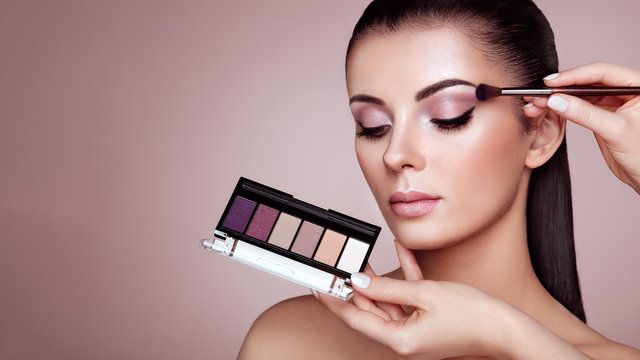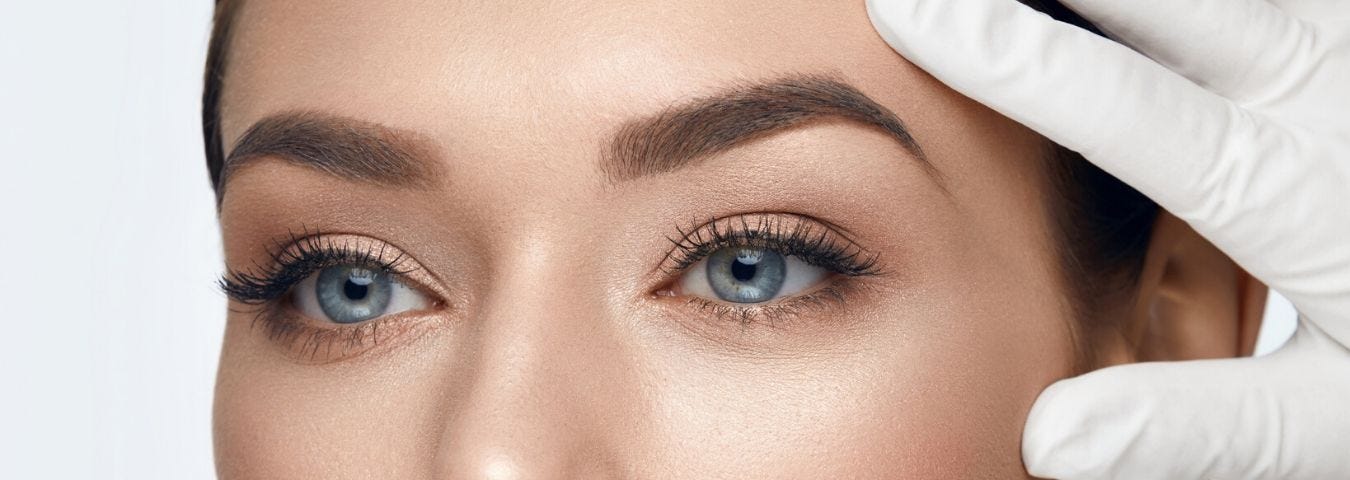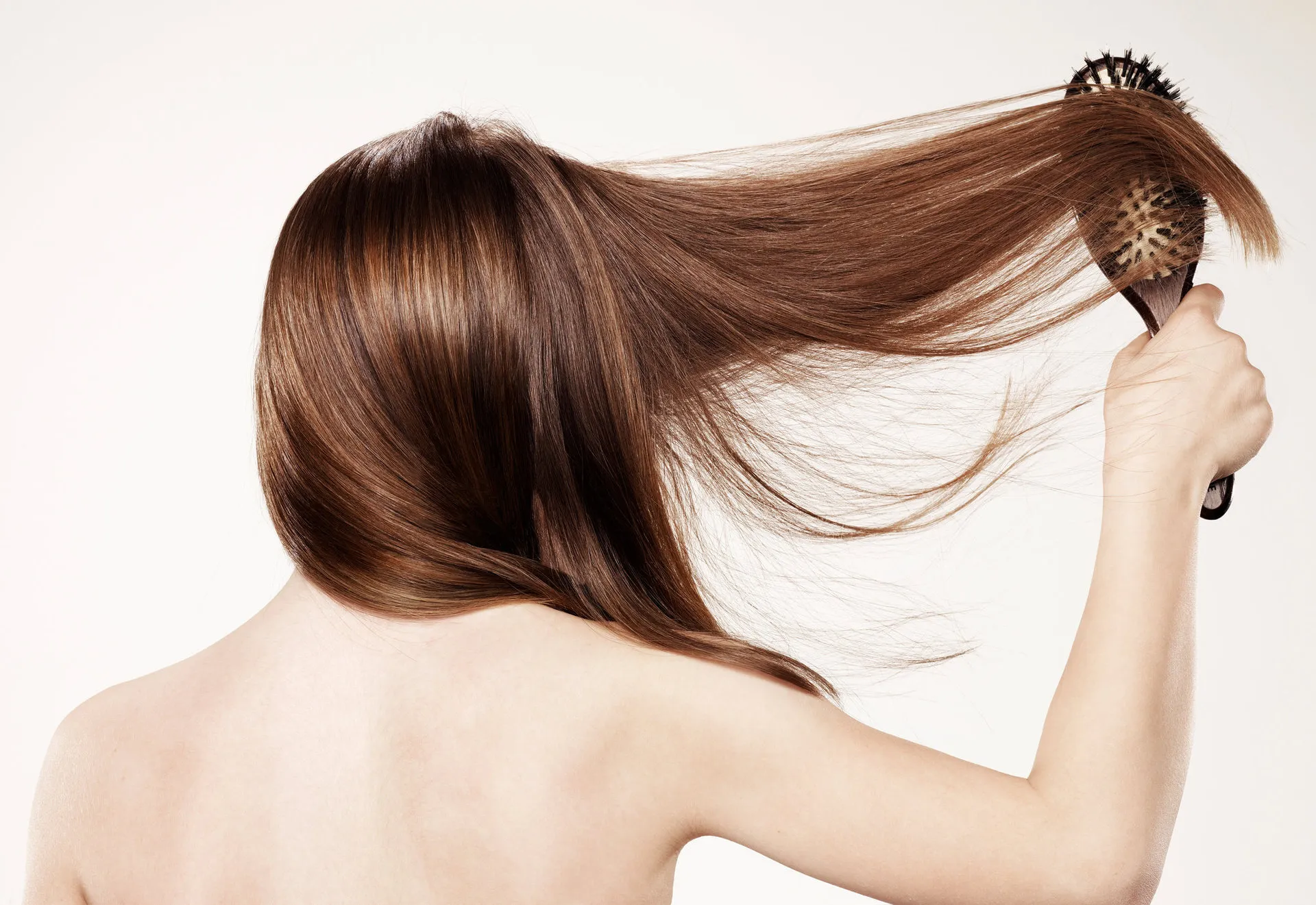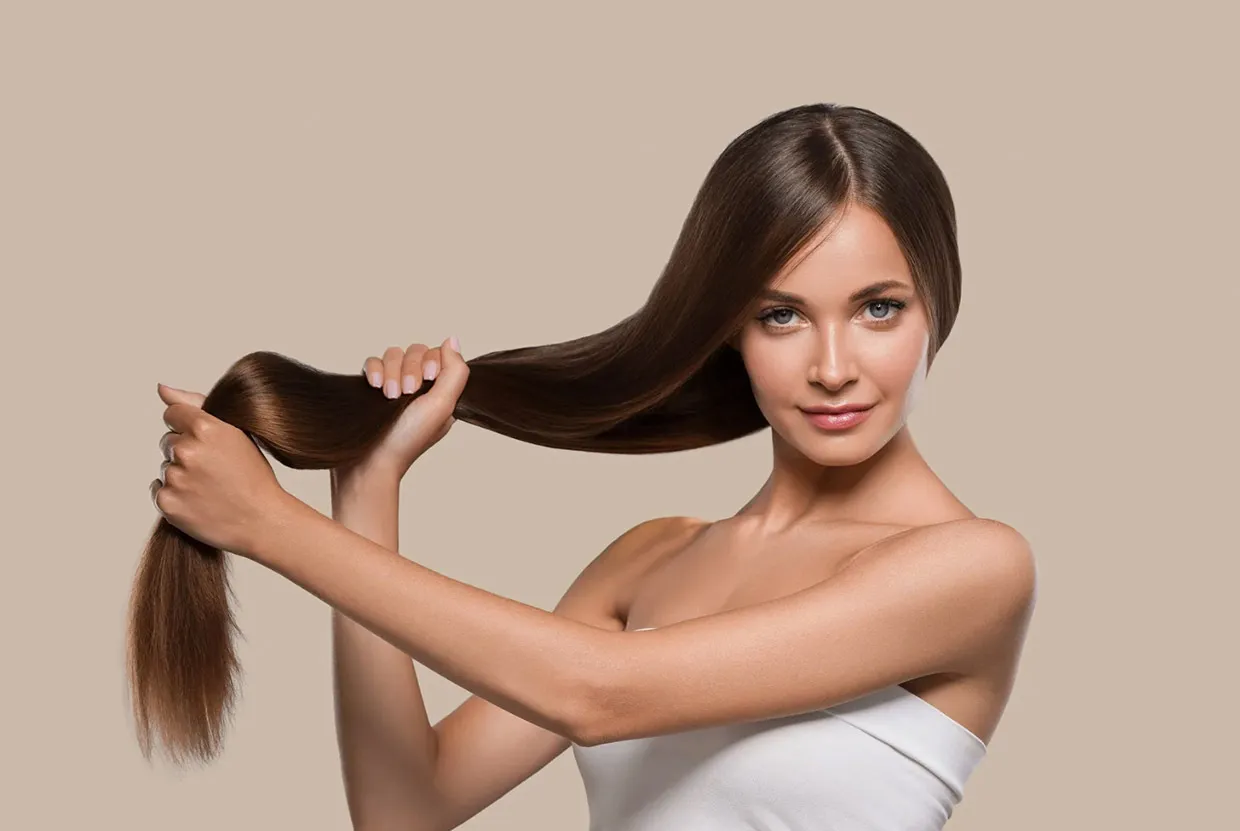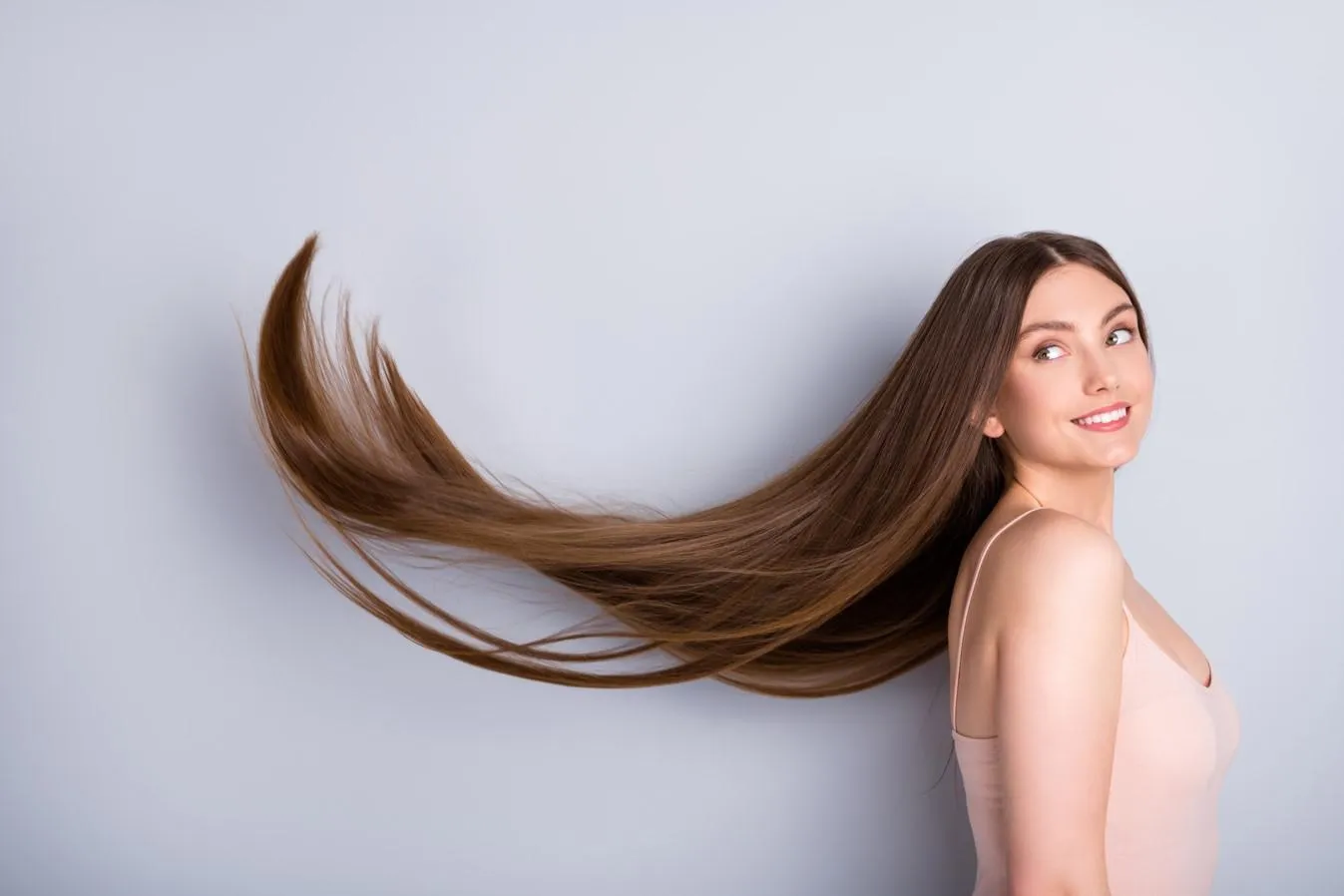Choosing the perfect shade for your permanent makeup is one of the most critical steps, but it can feel overwhelming! You want a color that truly enhances your natural beauty, complements your skin tone, and looks fabulous not just today, but for years to come. This isn’t just about picking a nice color; it’s about selecting a pigment that heals beautifully and avoids unwanted undertones like red, gray, or blue. Think of this decision as creating a masterpiece that highlights your best features—it’s an investment in lasting confidence. The right shade should seamlessly blend with your look, making your eyes pop or your lips look naturally fuller. Ready to unlock the secrets to selecting the exact right pigment? Let’s dive in and make your color choice absolutely flawless!
Understand Your Skin Tone and Undertone
This is the single most crucial factor. Ignoring the undertone is the main reason PMU heals to an undesirable color (like gray, blue, or red).
| Undertone | Description | Vein Test (Inner Wrist) | Color Correction Principle |
| Cool | Hints of blue, pink, or red. Skin burns easily in the sun. | Veins appear blue or purple. | Needs a warm-based pigment to balance the coolness and prevent the color from healing ashy or gray |
| Warm | Hints of yellow, golden, or peach. Skin tans easily. | Veins appear green. | Needs a neutral or slightly cool-based pigment to balance the warmth and prevent the color from healing red or orange. |
| Neutral | A balance of both warm and cool tones. | Veins are a mix of blue and green, or are hard to distinguish. | Can typically use neutral-based pigments, and often has the most flexibility with color choices. |
Your Natural Features and Hair Color
The main goal of PMU is to make you look more beautiful, so the color should go well with what you already have:
Eyebrows
The PMU color for your eyebrows should be very close to, or just a little lighter or darker than, the color of your hair at the roots, specifically not the tips. Furthermore, matching the root hair color will always give you the most natural-looking, believable result. Trying to match a brightly dyed hair tip color is a recipe for an unnatural look!
Lips
For the lips, the chosen color should complement your natural lip color and skin tone. Ultimately, the ideal shade can look like “your lips but better” or have a slightly more pronounced blush tone.
Eyeliner
For eyeliner, most people choose classic black or dark brown. However, a professional will look closely at your natural eyelash color and the way you like to wear your makeup every day. For instance, if you wear dark winged liner every day, the PMU can be bolder, but if you rarely wear makeup, a softer brown is recommended.
Skin Type and Health
As a matter of fact, how your skin retains and displays color depends entirely on its specific makeup. Different skin types process pigment differently.
Oily Skin
it’s more likely for pigment to disappear quickly and for microblading hairlines to spread or blur. Consequently, lighter colors often don’t last as long and may require more frequent touch-ups.
Dry Skin
Dry skin typically keeps its color very well and heals quickly, thus making the final color choice easier to predict and manage
Mature/Thin Skin
Given this delicacy, and because the pigment may show more strongly through thin skin, it usually requires a lighter, softer color application technique to avoid a harsh look.
Fitzpatrick Scale (Melanin Level)
People with darker skin (Fitzpatrick Scale IV–VI) have a lot of melanin, which can make the healed color appear slightly cool or ashy. To maintain rich color, these skin types typically require pigments that are highly saturated and formulated with a crucial warm undertone to counteract the skin’s natural cool tone.
Personal Preference and Desired Outcome
This is the part of the consultation that is visual and personal. For example, what is your aesthetic preference?
Natural Look
This style requires picking a soft color that closely matches the natural tone of the hair and lips, and then applying it with less intensity (for example, a soft powder brow technique)
Bold/Makeup Look
Conversely, look for darker, more saturated colors and techniques that create density, such as full lip color or dark, defined eyeliner.
Current Makeup Habits
Furthermore, frequent sun exposure, using chemical exfoliants (like Retin-A and Glycolic Acid), and a fast metabolism can all make pigment fade faster. Consequently, you may need to choose a color that is slightly less bright or lasts longer, anticipating the inevitable fade.
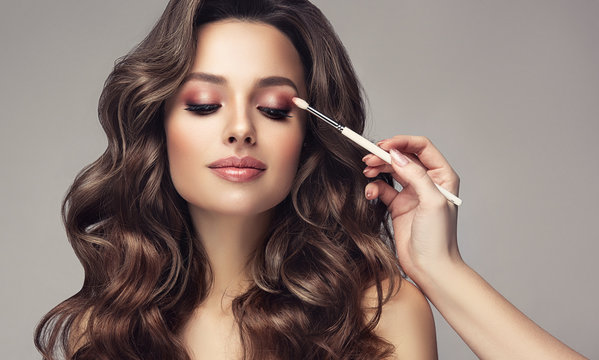
Pigment Quality and History
The products used and the artist’s technique are vital technical factors in color retention.
Pigment Quality
First of all, good quality pigments are designed to fade into a lighter version of the color, rather than changing to a random secondary color (like red or blue) when they fade.
Depth of Implantation
Secondly, the depth of implantation matters: Too little color means it fades quickly, but if you put it in too deeply, it can heal with a blue or gray tint, similar to the appearance of regular tattoos.
Existing PMU/Tattoo
Professional artists must first choose a pigment to remove the old color (for example, orange on old gray eyebrows) before adding the target brown color.
Lifestyle
Frequent sun contact, using chemical exfoliants (like Retin-A and Glycolic Acid), and a fast metabolism can all make hair fade faster, so you may need to choose a color that is less bright or lasts longer.
Essential Tips Before Your Procedure
Consider these essential tips before your permanent makeup procedure:
Professional Consultation
A licensed and experienced PMU artist is essential. Simply put, they have the training to properly analyze your skin and undertone and can expertly mix custom pigment blends to achieve your perfect shade.
Understand the Healing Process
The color you see immediately after the procedure is not the final result. It will appear darker initially and then soften as the skin heals over 4–6 weeks.
Review Your Skincare Routine
Be sure to inform your artist about any strong active ingredients you use, as these chemicals can significantly affect pigment longevity and retention.
Consider a Patch Test
If you have sensitive skin or concerns about allergies, a patch test can provide peace of mind. Ultimately, the most reliable way to choose the right color is to schedule a consultation with a qualified permanent makeup artist. They can assess your individual features in person and provide a personalized, flawless recommendation.
Conclusion
Picking the right color for permanent makeup isn’t just a matter of personal taste; instead, it’s an expert blend of science and art. To make sure the pigment heals beautifully and doesn’t turn any other colors, you absolutely need to know exactly what your skin’s undertone is (Cool, Warm, or Neutral). For this critical analysis, you need an approved professional since they will blend a custom color that looks good with your natural features and daily makeup style. Furthermore, remember that factors like skin type, pigment quality, and time spent in the sun can all affect how long something lasts. Therefore, you can be sure of a perfect, natural, and long-lasting result if you ensure you receive a complete professional consultation and are aware that the healing process typically takes 4–6 weeks.


